
I hate to say it, but the end of summer is drawing near. Yup, we all blinked, and here it is. The shadows are growing longer each afternoon, and we’ve been enjoying the fruits (and vegetables!) of our gardening labor for months now.
But with the hustle and bustle of summer, chores can fall to the wayside, and we often find ourselves overwhelmed as the true harvest begins.
With a Saturday morning or Sunday afternoon of work under your belt, you’ll be prepped for preserving your bounty, have a tidy garden for fall planting and be ready when it’s time to put the soil to rest for the season.
When Your Garden Gets Away From You
I don’t know about you, but it’s about mid-August every summer when I realize I’ve been so busy that I haven’t been out to the garden for nearly a week. In that time, a plant has managed to die, another crop is taking over half the garden, and everything else is bursting with produce that needs to be picked and preserved right away.
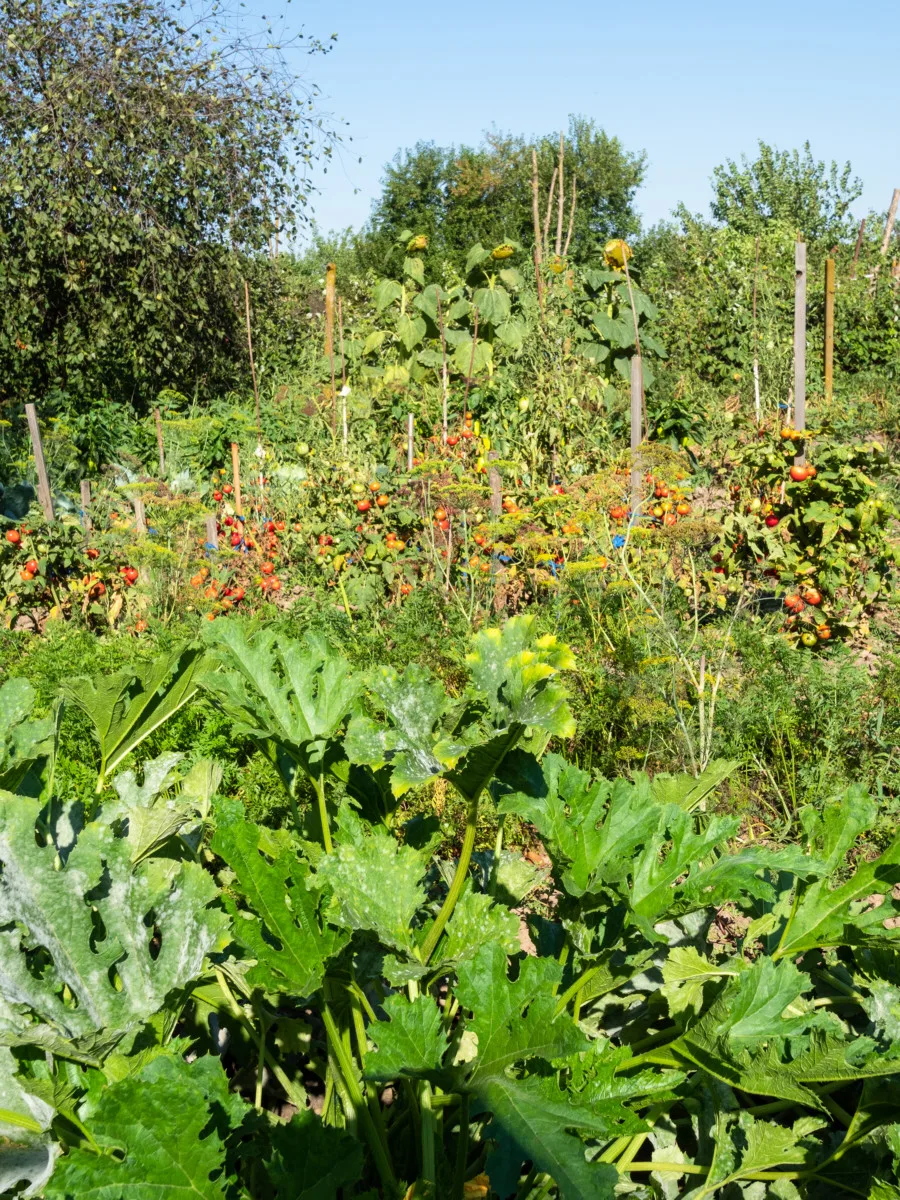
There’s no need for panic; gardens can run on auto-pilot for a bit until you can get back to them. But there are a few things you’ll want to take care of mid to late-summer that will keep your garden going strong right into the home stretch before the first frost.
So, it’s time to play a little catch-up. Grab your gloves, and let’s whip that late summer garden into shape.
1. Take Stock and Make a List
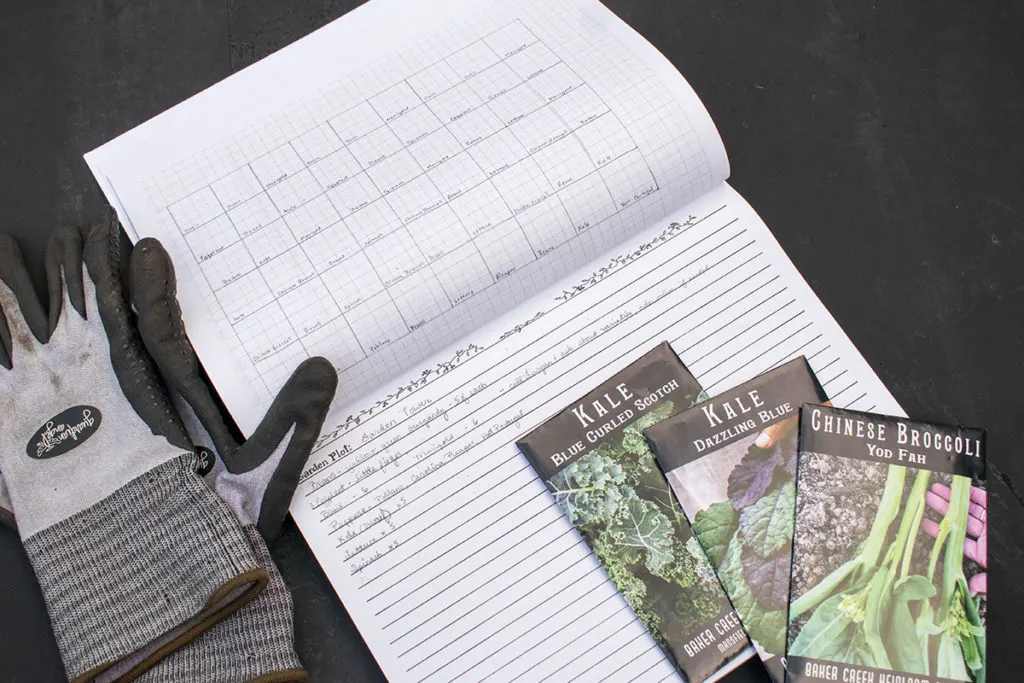
This is a great time of year to head out to the garden with your planner in hand and make some notes about the growing season. Before you do anything else, walk around, paying careful attention to each crop and area of the garden.
Some things to write down:
- If you tried a new variety, how is it working out?
- Have you had any issues with pests? In what areas of the garden and on what vegetables?
- Did anything succumb to disease? Do you need to do anything specific to those plants or soil, such as burn the dead plants rather than compost them.
- Now that the vegetables are at their tallest, is there anything being shaded out?
- Is anything planted too close together?
- How has pollination been? Perhaps extra flowers to attract pollinators are in order for next year.
- What about vining vegetables? Did you grow vertically this year or on the ground? Do you need to switch anything up?
I know how hard it is to “look but don’t touch” when you’re in your garden, but when it’s at its peak, that’s the best time to get an overall picture of what’s working and what isn’t so you can make plans to do things differently next year. These notes will be incredibly helpful next spring.
2. Prune and Thin Out Overgrown Plants
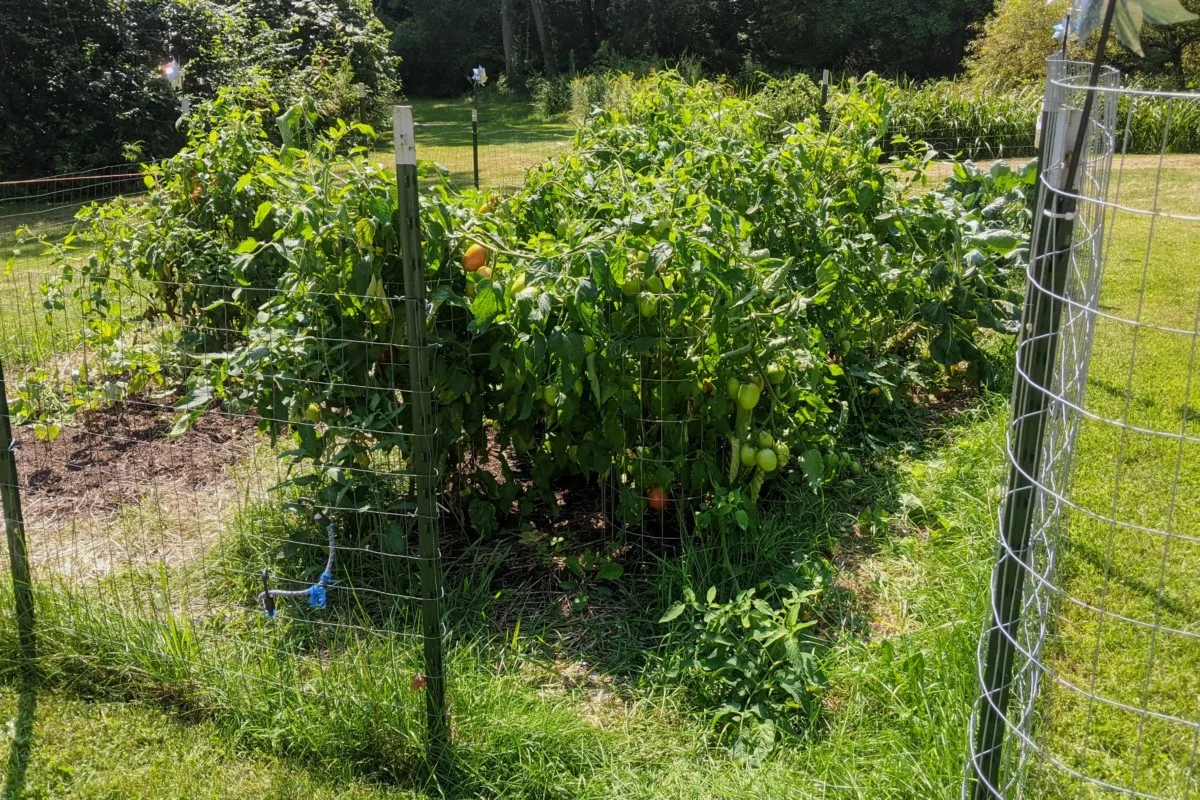
Usually, those neat and tidy gardens we tended in the spring have become wild jungles. It’s time to tame the beast!
As overnight temperatures begin to cool, make sure plants have plenty of good airflow to prevent disease. This is the time of year when late blight and powdery mildew can become real problems.
Pay close attention to vegetables like tomatoes, summer squash, peppers and eggplant. Prune away any dead or yellowing leaves at the bottoms; this will prevent rain from splashing soil (where most disease-causing microbes reside) onto the leaves.
At this point in the growing season, you’ll find those bottom leaves are naturally starting to die back anyway.
Thin plants to remove some of the inner growth, opening them back up where they have filled in. Allowing more sun into the middle of the plant will speed up ripening vegetables.
Removing new growth that won’t develop fruit in time may be best.
Use your best judgment when deciding whether or not to remove stems with blossoms or young vegetables. If it’s later in the season, it might be best to remove some new fruit to allow more mature fruit access to nutrients. It all depends on when your first frost date is.
Related Reading: How To Prune Tomato Plants In Late Summer
3. Pull Up Plants
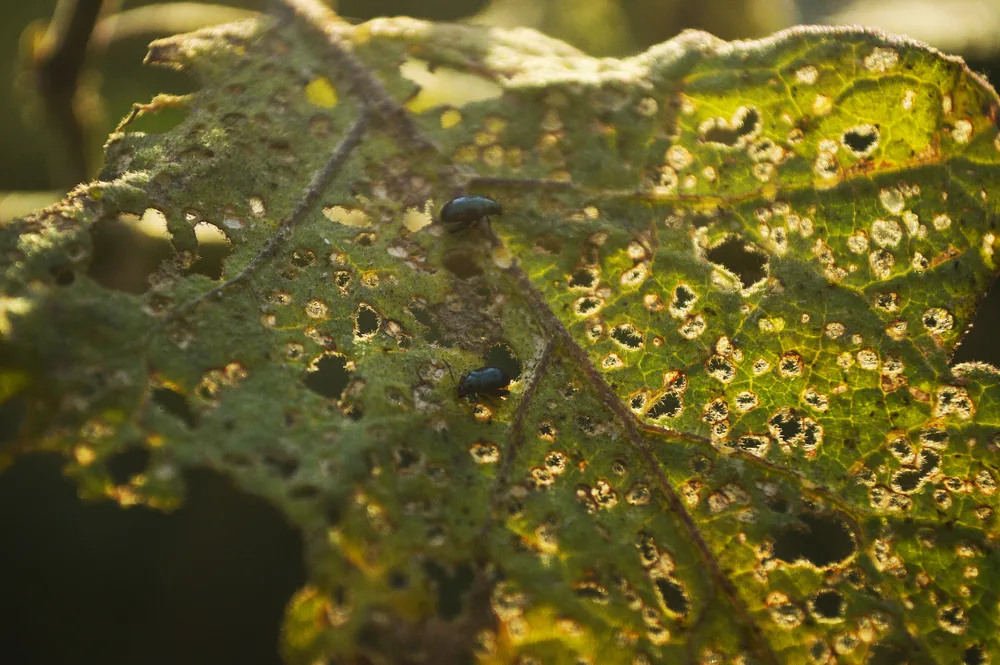
We’ve reached the point in the growing season where we did our best, and perhaps it’s time to admit defeat – the flea beetles won, or that blossom end rot just isn’t going away. If you wave your white flag now, there’s still time in the season to put that patch of soil to good use.
Rather than continuing to fight a losing battle, remove the struggling plant and sow something else for the cool fall growing season.
Of course, if the plant you’ve removed has a disease or the pest infestation is severe, you may need to amend the soil before planting something else. However, this becomes easier when you no longer have to worry about a sick plant.
4. Check Staked Plants
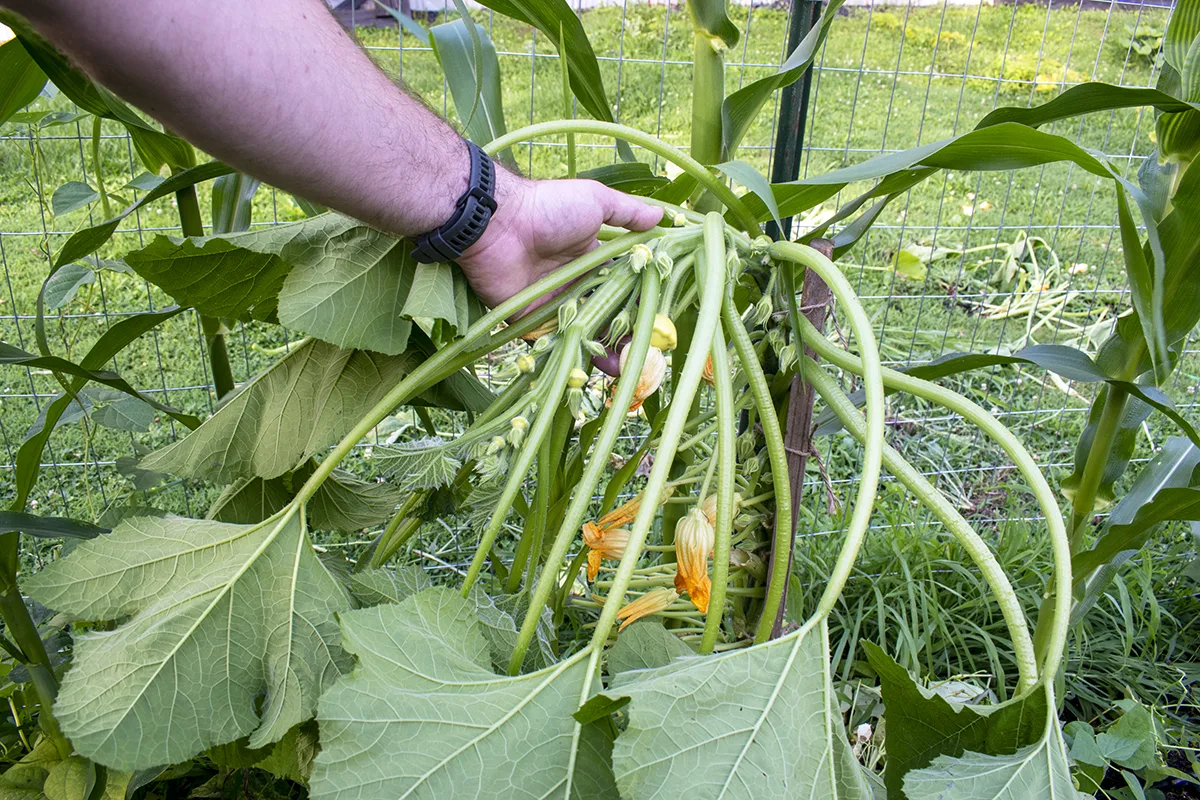
Plants can get unexpectedly heavy as the growing season progresses. There’s nothing so disheartening as finding a staked plant has grown too heavy for its support and crashed to the ground. (This often happens after heavy rain.) Broken stems and lost fruit often mean an early end to the season for that particular plant.
Check twine and ties to make sure they’re holding up. Make sure stakes and supports are still firmly stuck in the ground. Add additional support where it’s necessary to ensure your plant won’t fall over. As mentioned above, pruning and thinning can also help with this issue.
5. Turn the Compost & Add an Accelerator
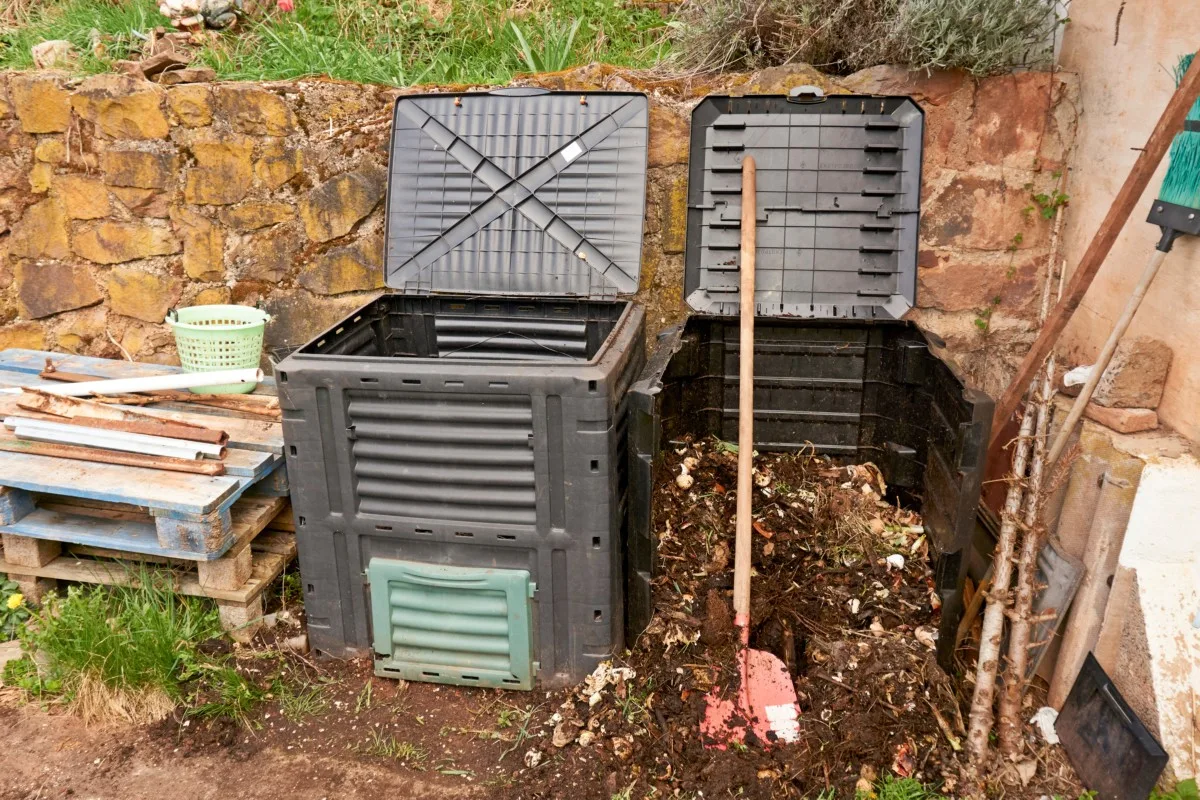
With warm weather comes fresh food and an uptick in deposits to the compost pile or bin. As you enjoy fresh salsa, salads and other dishes from the garden, you’ve probably dutifully added all your veggies scraps to the ol’ compost heap. However, it’s important to remember to turn your compost, which will assist in maintaining the perfect temperature and mix of microbes.
Take a few minutes to turn your compost. You might even want to consider adding a compost accelerator.
Now is a great time if you’ve been meaning to start composting. And if you’re nervous, you’ll screw it up; there’s no need to be. I promise it’s not hard. Meredith has an excellent Compost 101 piece that will walk you through the basics and have you creating “black gold” for your garden in no time.
6. Mulch – Fluff it Up & Top it Off
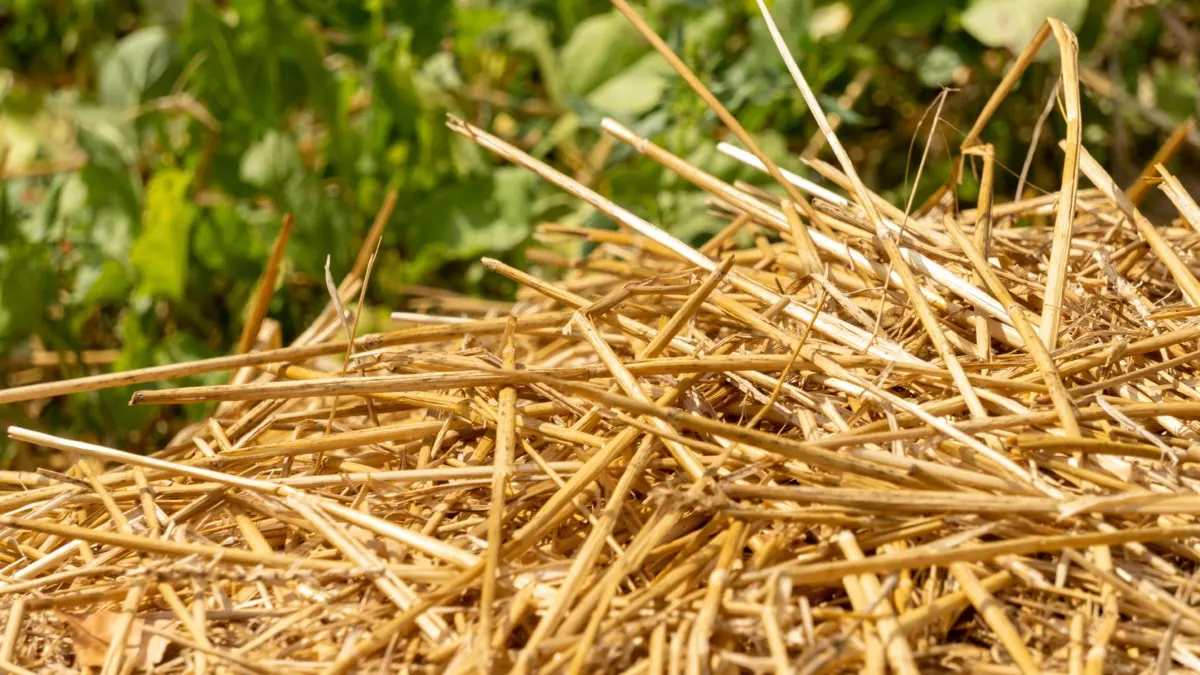
Mulching your garden at the beginning of the season prevents weeds from growing and helps to keep moisture in the soil where you want it. As the season progresses, mulch will break down; it can shift or, depending on rainfall, may rot.
Check your garden for bare spots and top off with a little fresh mulch. Look for areas where the mulch is packed down and give it a little fluff. If you’ve got moldy areas because of excessive rain, you can remove those portions and compost them, replacing it with fresh mulch.
Letting successive layers of mulch slowly break down each year is a great way to improve your soil over time. Mulching each fall is a great way to start this process.
7. Fertilize
Your plants have been busy putting out new leaves, making blooms and growing vegetables. They might need a little soil replenishment to help them get through to the end of the year.
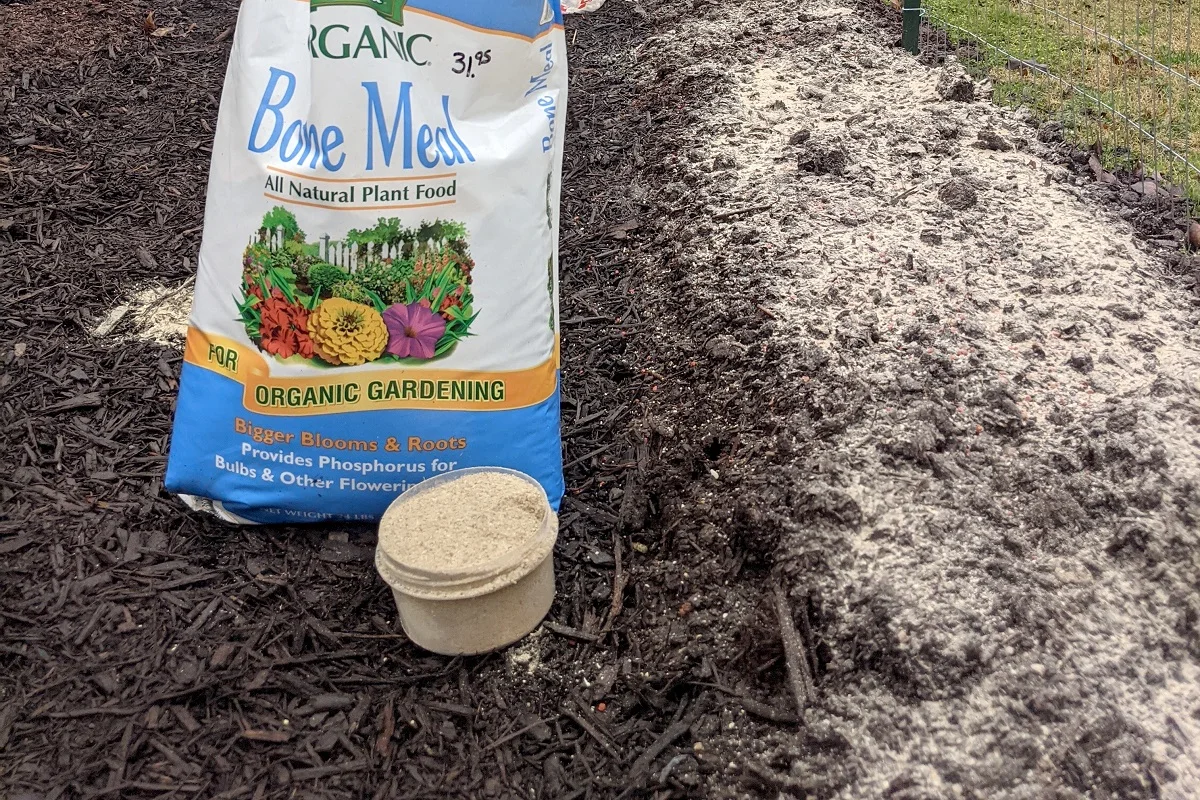
At this point in the season, you’ll want to give flowering plants (i/e: tomatoes, peppers, eggplant, squash) a fertilizer that’s low in nitrogen but high in phosphorous, so they will continue to produce new blooms and more fruit. Bone meal is a good slow-release fertilizer for blooming plants.
For areas where you plant to grow leafy greens in as the weather cools, adding a quality nitrogen fertilizer will help, like blood meal. Or, consider planting leafy greens in areas where you’ve pulled up beans or other legumes. Beans are nitrogen fixers and will leave the soil replenished with nitrogen rather than depleting it.
8. Weeding
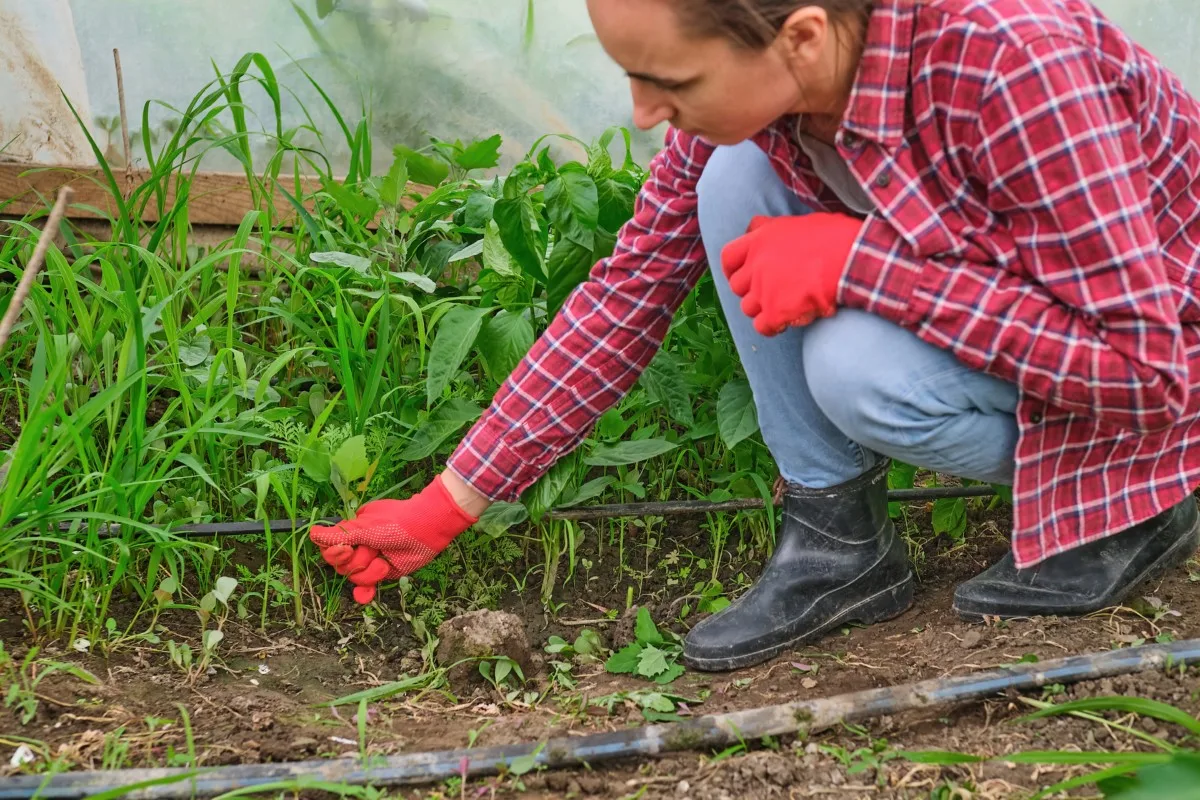
It goes without saying that a tidy-up of any weeds is always a good idea, whatever time of the growing season it may be.
Preserving the Harvest
You planned your garden carefully, dreaming of row upon row of gleaming mason jars lining your pantry, neatly organized bags of frozen green beans in the freezer and jars of dried herbs ready for tea or cooking.
Or maybe this is your first year canning, and you want to see what all the fuss is about. Now is the peak time for spending steamy days in the kitchen.
9. Harvest and Dry Herbs
By now, you’ve probably got loads of lemon balm and mint taking over your garden. The thyme and rosemary are looking tall and stately. It’s the perfect time to start picking bunches of herbs to hang and dry. Cheryl shows you how to make a great (and pretty) herb drying screen with a few things you’ve most likely already got on hand.
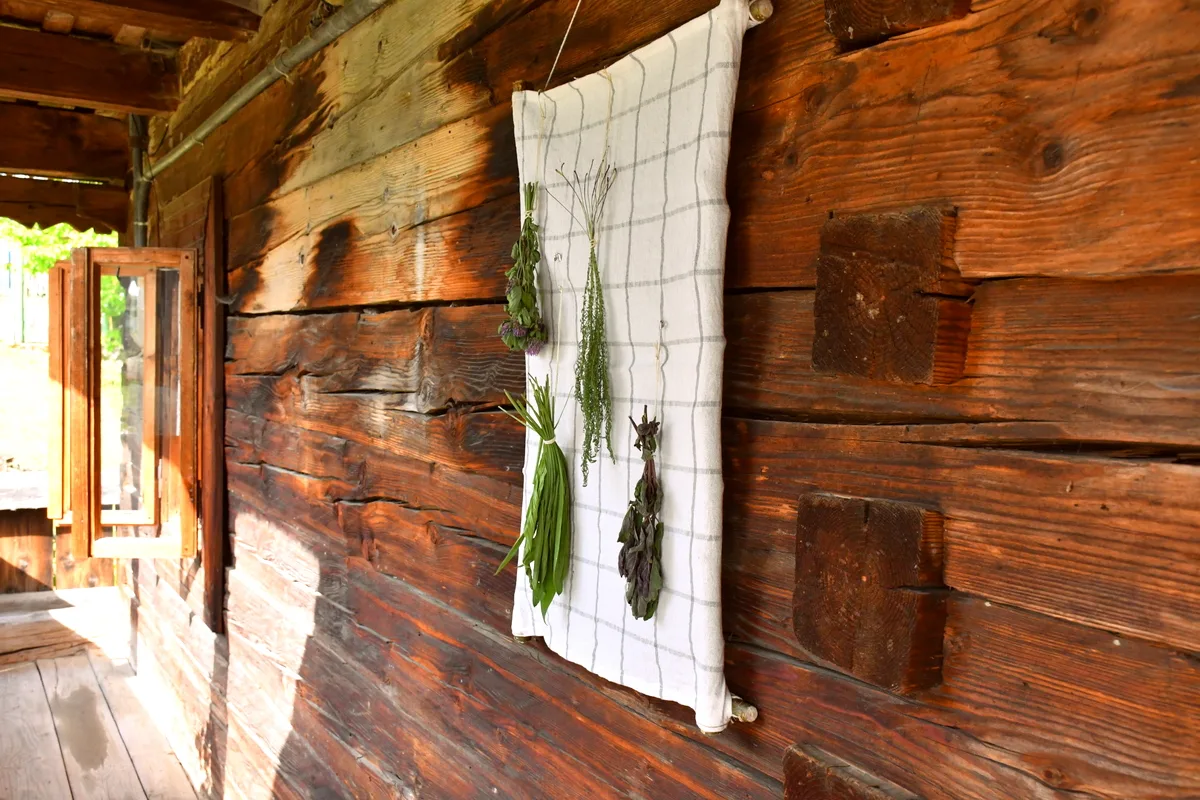
You can dry herbs easily, in two different ways with no fancy equipment. Or, if you’d like to experiment, herbal simple syrups are incredibly easy to make and can be used in various ways around the kitchen.
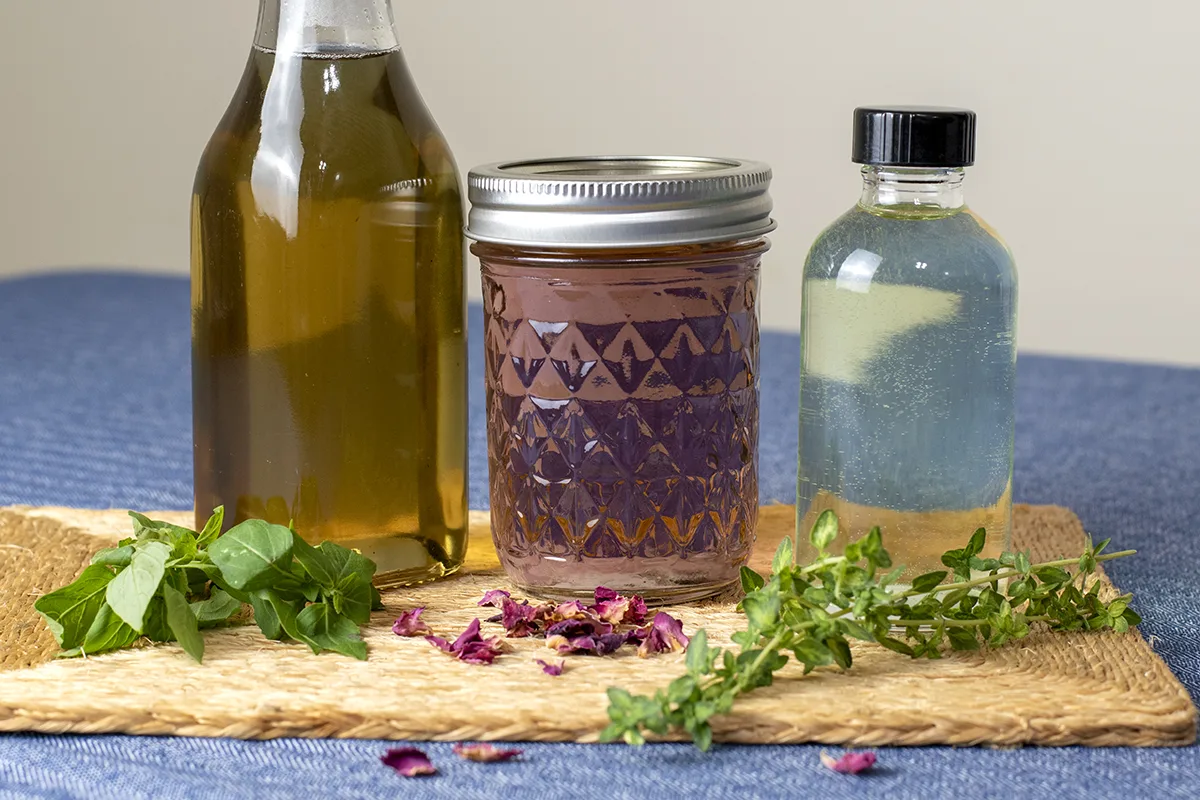
Pick herbs first thing in the morning, before the heat of the day, to capture the best flavor and highest concentration of oils.
10. Got Jars? How about lids and bands?
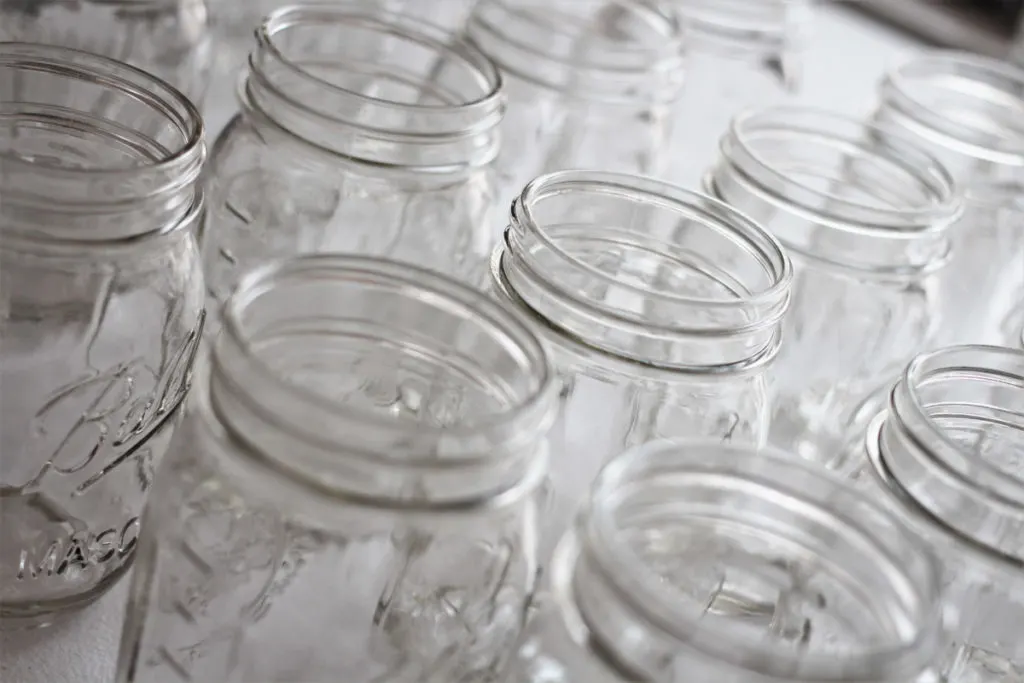
If you haven’t already, get yourself some canning jars. Grocery stores, Walmart, hardware and farm supply stores are all excellent places to pick up canning jars. You can check out our article on sourcing canning jars for more ideas on where to purchase them and some places you should avoid.
I’ve always been a firm believer in grabbing one more box of jars than you think you’ll need. Even if you don’t use them for canning, they’re infinitely handy storage containers around the house.
If you’re an old hat at canning, now is the time to inspect jars for chips and cracks and relinquish those to the recycling bin. Take stock of lids and bands and note any sizes you need to buy. It’s also a good idea to check your supply of canning salt and pickling spices.
11. Freezers Unite (and get ready)
Maybe canning isn’t your thing. If you’re the proud owner of a freezer large enough to hide a body in, this is your time to get ready, too—stock up on your favorite brand of freezer bags and containers.
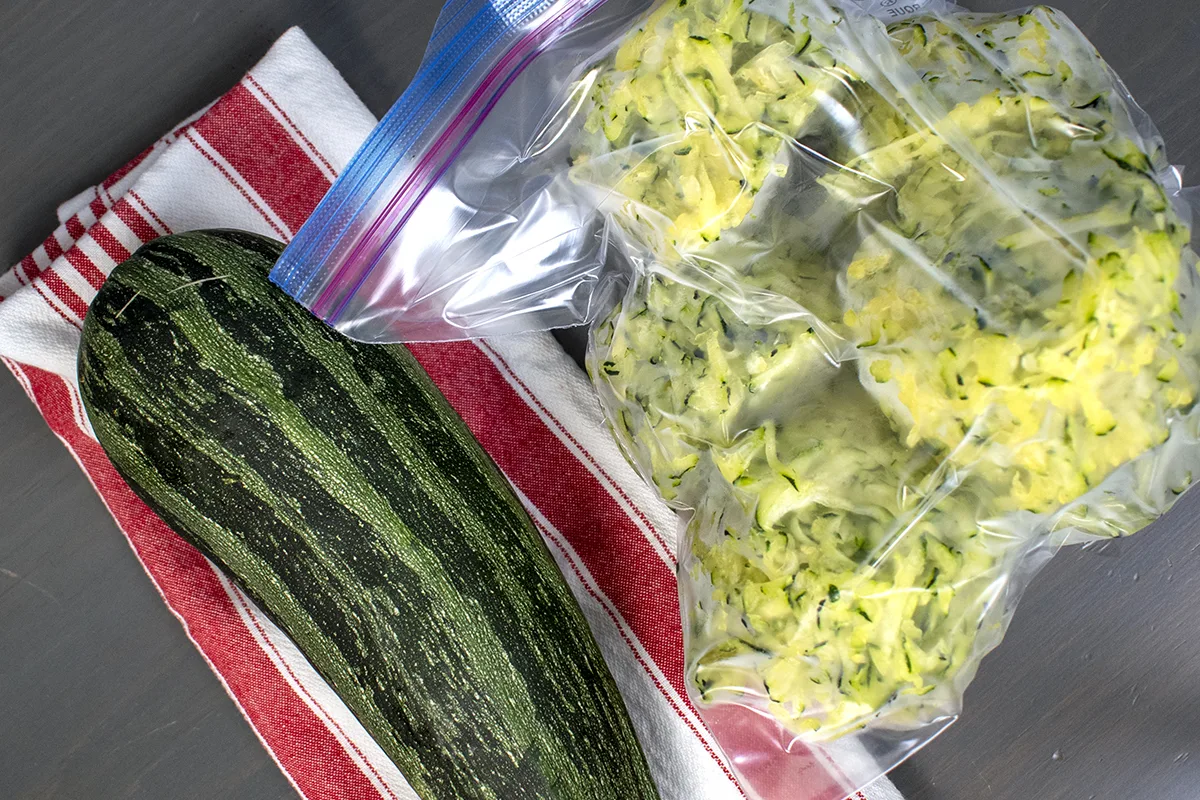
Over the years, I’ve found that I can never make enough ice for all the ice baths I need when blanching vegetables, so I usually head to the grocery store to pick up a few bags of ice. Grab a couple now, so you’ll be ready to go when your produce is ready to be frozen.
To streamline the process, maybe this is the year you’ll pick up a vacuum sealer. They make freezing veggies (and plenty of other food) a breeze. Plus, you can do so many other cool things with them. (DIY ice packs, anyone?)
12. Inspect Your Gear

Drag out all of your canning equipment and make sure it’s in good working order. This is especially important for pressure canning. Where the heck did I put that pressure regulator?
13. Check Last Year’s Preserves
Take stock of anything remaining from last year’s harvest and move it to the forefront of your pantry, cupboards or freezer. You’ll want to make room for this year’s harvest while ensuring food from the previous year gets eaten and doesn’t go to waste.
14. Curing & Storing Space
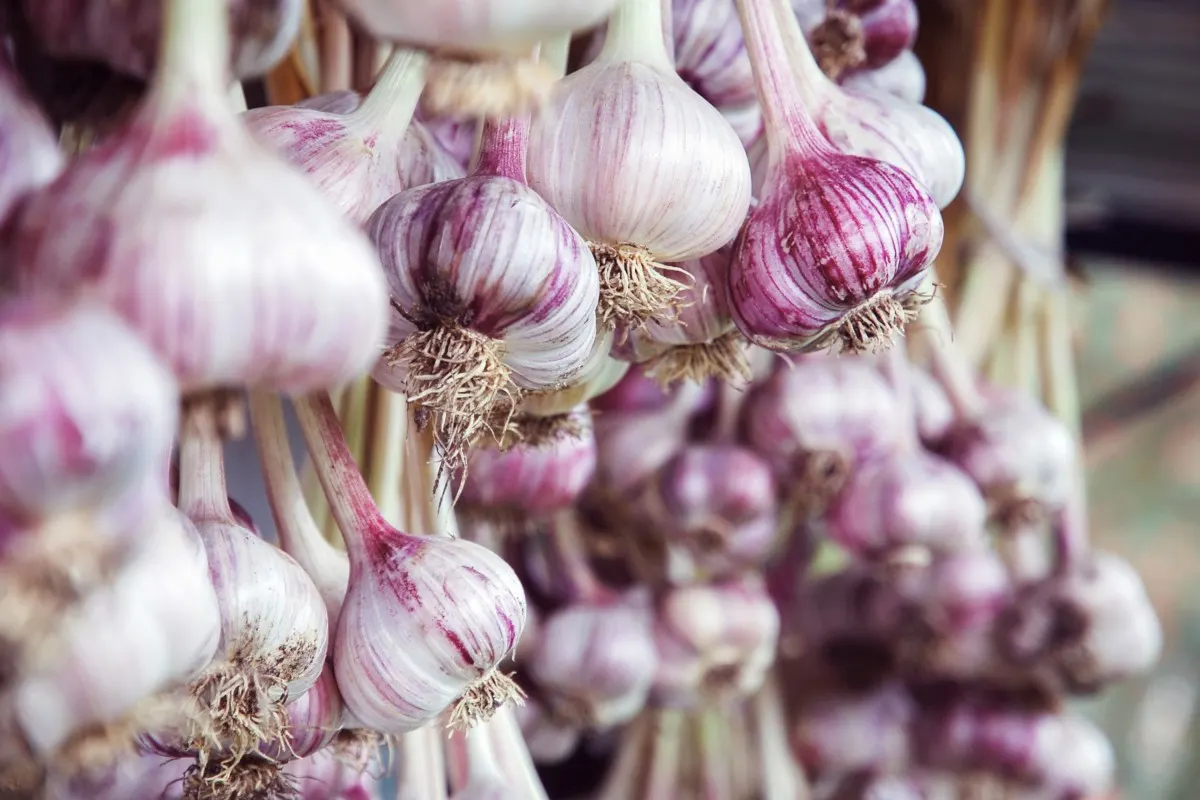
If you’ve grown onions, garlic, potatoes, and winter squash, you’ll need an area to put these where they can cure for long term storage. Prepare a tarp or straw or even broken-down cardboard boxes for these vegetables to be placed on for curing.
Now is also the time to prepare your usual storage spaces for root crops like carrots and beets, and even apples. Most of us aren’t lucky enough to have a root cellar, but we can still use boxes of sawdust or sand to store produce over the winter. Prepare these storage vessels now so you can fill them as crops are ready.
Start Your Fall Garden
There are plenty of folks, come the end of summer, who are more than happy to hang up their garden gloves. But you don’t have to. As the temperatures start to cool and days become shorter, we get a second chance at all those great cool weather vegetables we grew in the spring.
15. Plant Your Second Spring
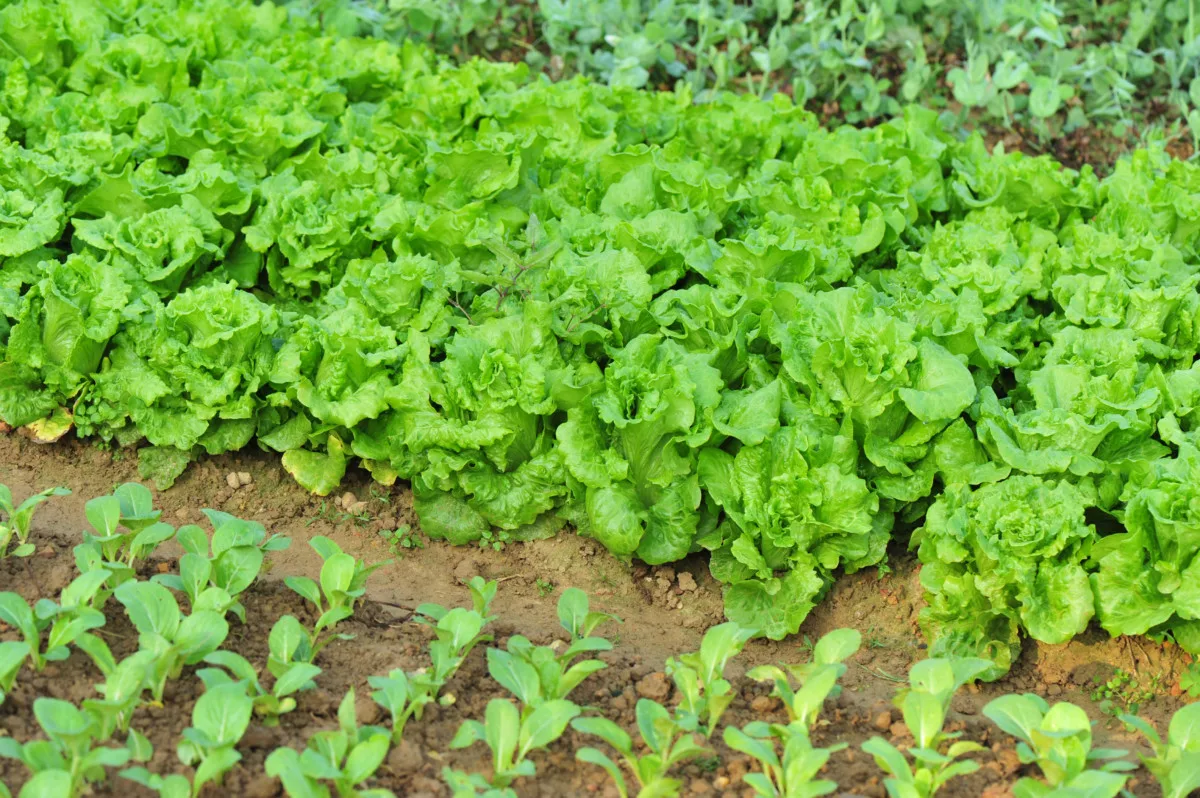
As warm weather crops finish their yields, pull them up to make room for quick-growing cool weather crops such as lettuce, radishes, carrots, bok choy, turnips, beets and peas. There are even a few varieties of beans you can grow that will produce in time to be harvested before that first frost.
Take note of your region’s first frost date, and then check seed packets for days to maturity. You might be amazed at how much veg you can still get in the ground and harvest before the snow flies this time of year. If you really want to extend your growing season, here are a few inexpensive ways.
16. Get Your Favorite “Frosty” Seedlings Planted
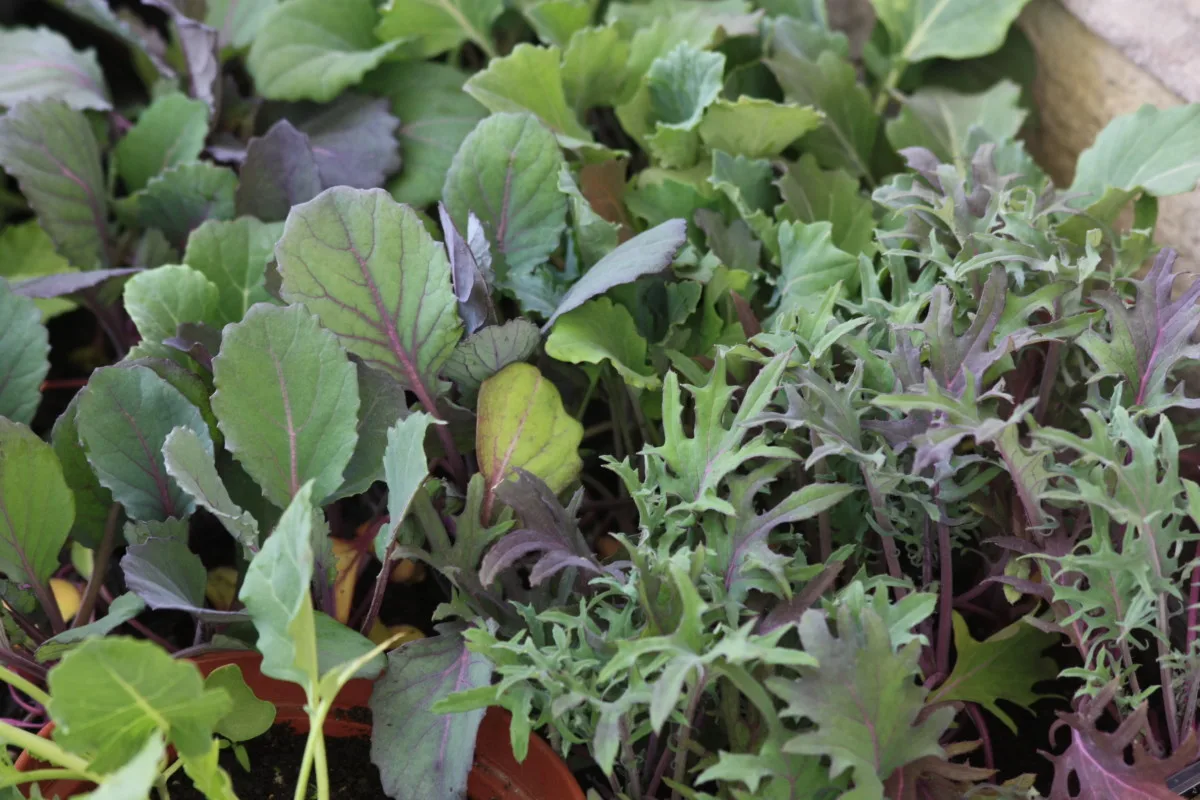
If you’re already in on the secret of frosted vegetables, you know there are veggies that taste better after a light frost. Many brassicas of your larger brassicas fall into that category. And even if the frost doesn’t improve their flavor, most of them are hardy enough to grow late into the fall, some even in the winter.
While it’s too late to start these plants from seed, that’s a job for early summer; you can usually acquire nursery starts for these cool weather plants at your local greenhouse. Grab a few and get them in the ground.
17. Frost Preparedness
Now is the time to prepare for those first few light frosts, not the night when the weatherman announces it.
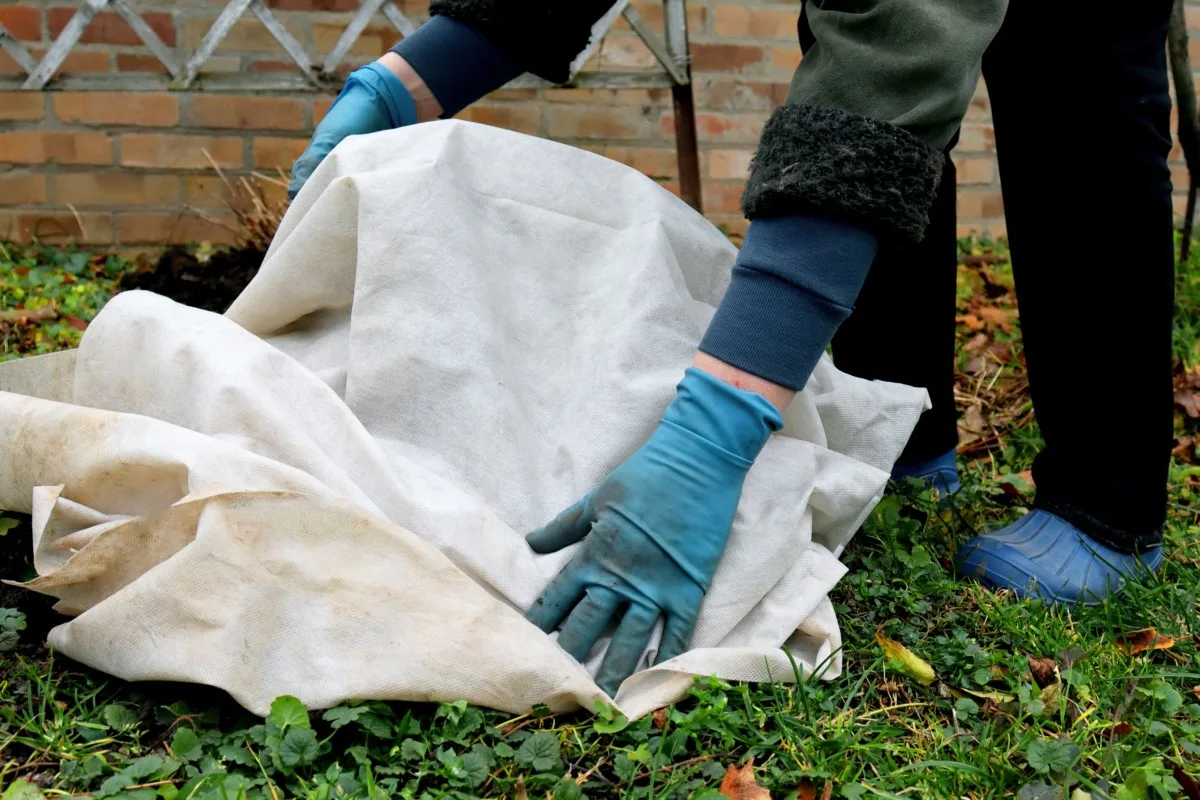
Make sure you have enough of whatever cover you plan to use and know where they are now; that way, you won’t be hunting around the afternoon before a frost. Preparing for a frost now during late summer allows you time to replace worn or torn row covers or to order extra if you need them.
Now when the smiling weatherman in the bad suit calls for frost, you can calmly gather your coverings and tuck in your veggies without all of the panic.
18. Source Garlic for Fall Planting
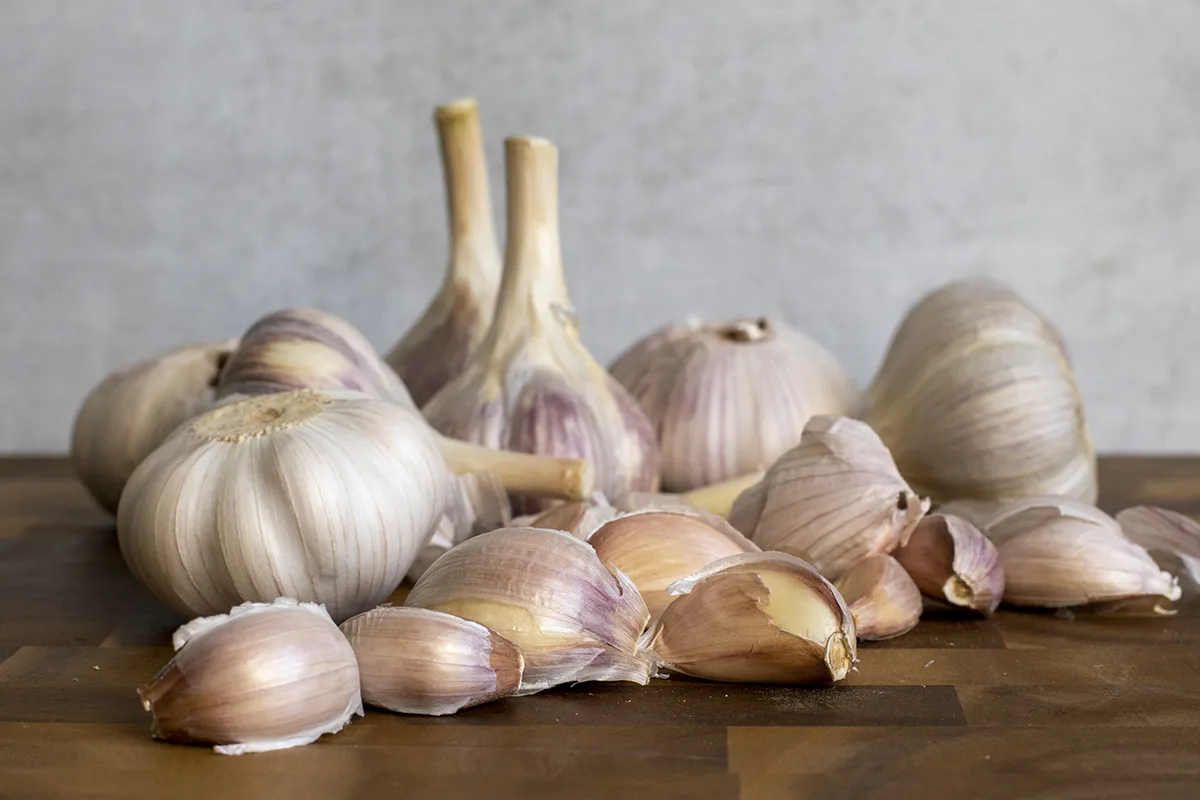
If you haven’t secured garlic to plant this fall, now is the time to do it. Check your favorite seed websites for fall garlic bulbs. If you find your favorite variety is out of stock, don’t fret, most websites have a way for you to sign up to be notified when that particular item is back in stock.
19. It’s Not Too Late to Order Seeds
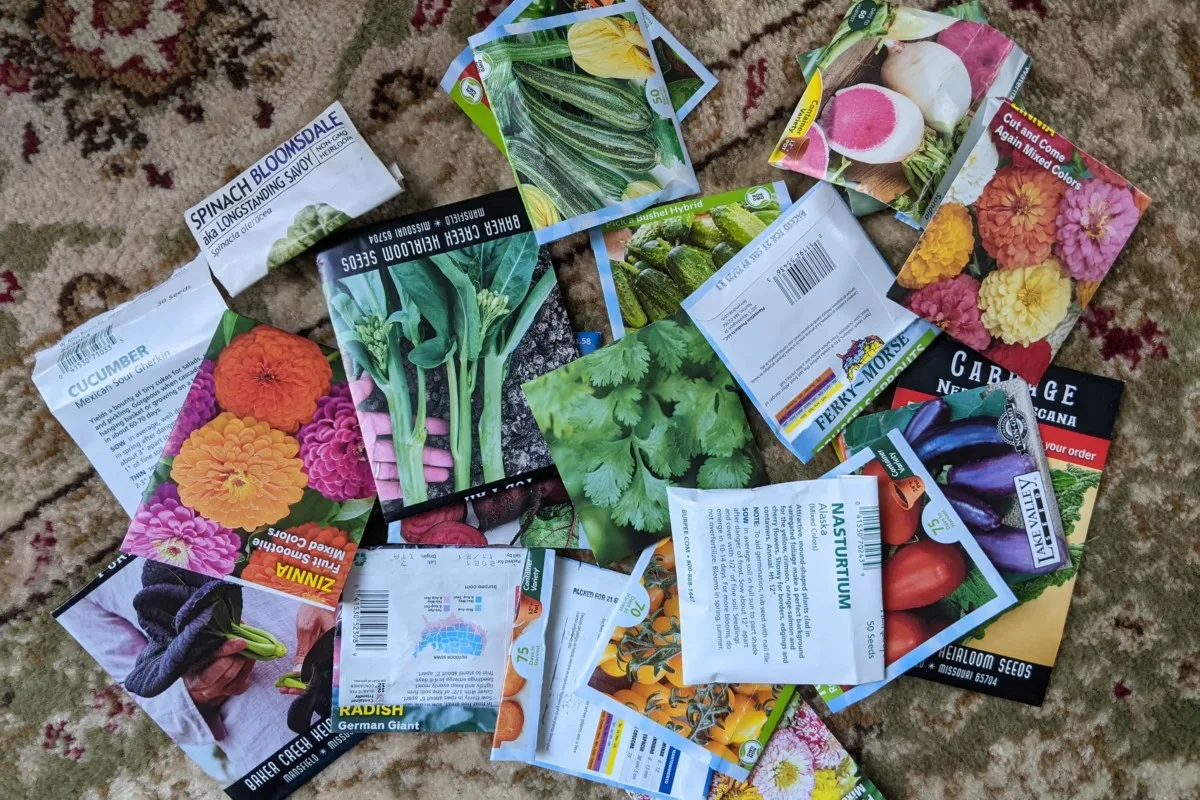
If you want to plant more quick-growing vegetables for a fall garden (think rich soups of winter squash paired with tender salad greens), you’re not too late. If you’ve run out of that variety of radishes you enjoyed so much in the spring, or you’re looking for some heartier lettuces perfect for the cold, plenty of online seed producers are still fulfilling orders.
There, that wasn’t too bad, right? Your garden is all tidied up, and you’re ready to tackle the harvest. When fall rolls around, you’ll have some great cool weather crops to enjoy and less to do when the season ends. Aren’t you smart?

Get the famous Rural Sprout newsletter delivered to your inbox.
Including Sunday musings from our editor, Tracey, as well as “What’s Up Wednesday” our roundup of what’s in season and new article updates and alerts.

